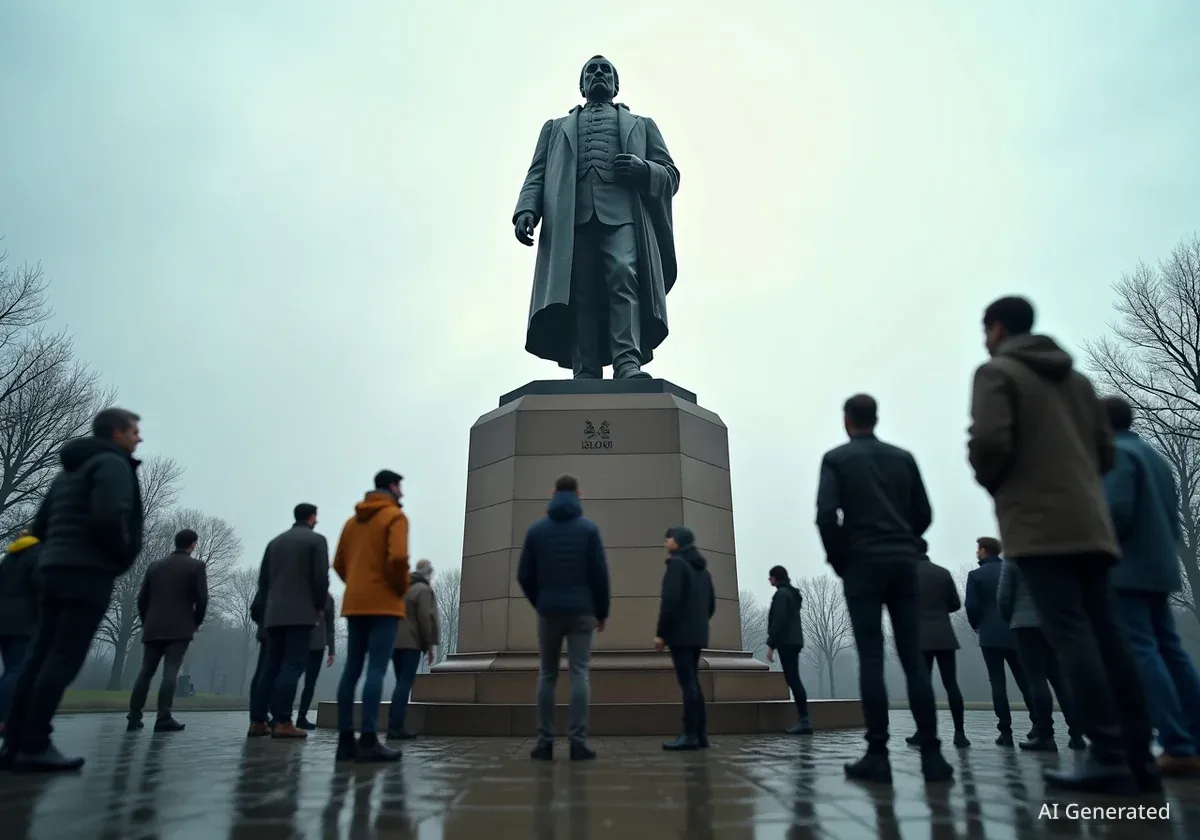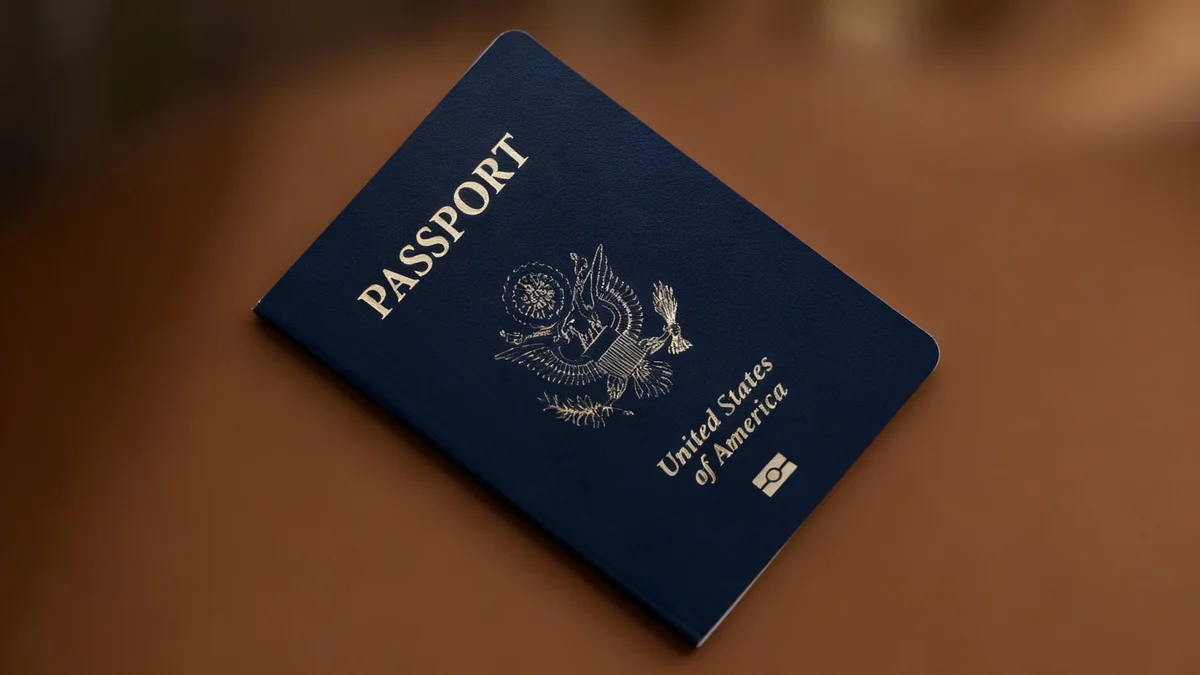Beneath the dazzling lights of the Las Vegas Strip, a community of approximately 1,500 people lives within a 600-mile network of storm drain tunnels. This hidden population is growing amid a city-wide increase in homelessness, which has seen a 36 percent rise over the past two years.
While tourists experience the casinos and shows above, these residents navigate a subterranean world marked by poverty and addiction. Many choose the unregulated environment of the tunnels over city shelters, creating a complex social issue for local authorities and outreach organizations.
Key Takeaways
- An estimated 1,500 people are living in the storm drain tunnels beneath Las Vegas.
- Homelessness in the Las Vegas area has increased by 36 percent since 2022, reaching nearly 8,000 people in 2024.
- Many tunnel residents avoid city shelters to evade rules, particularly those prohibiting drug use.
- The Shine A Light Foundation, an organization run by former tunnel residents, provides outreach and a path to housing with a 70% success rate.
A Tale of Two Cities: Glamour and Hardship
The contrast between life on the Las Vegas Strip and life below it is stark. The city is grappling with a significant rise in its unhoused population while simultaneously facing a downturn in tourism. According to federal Point-in-Time counts, the number of homeless individuals in Southern Nevada has surged dramatically.
In 2022, the count was just over 6,000 people. This figure climbed to 6,566 in 2023 and jumped again to approximately 7,906 by 2024. This represents a 20 percent increase in a single year.
By The Numbers: Las Vegas Challenges
- 7,906: Estimated homeless individuals in Southern Nevada in 2024.
- 36%: The increase in homelessness over the last two years.
- 11%: Year-over-year decline in tourism reported in June.
- 600: Miles of storm drain tunnels that run beneath the city.
This social crisis coincides with economic headwinds for the city's primary industry. Analysts report a decline in visitor numbers, citing rising costs for everything from bottled water to resort fees. International tourism has been hit particularly hard, with a reported drop of over 13 percent in June alone.
Life Inside the Tunnels
The concrete tunnels, built in the 1990s to manage flash floods, have become a permanent home for many. The environment is littered with personal belongings, trash, and drug paraphernalia. For residents like a woman named Natasha, originally from Alaska, the tunnels offer a sense of autonomy not found in traditional shelters.
"The people in the tunnels don't want to stop using drugs. It makes them happy," Natasha explained. "They can't do that with a normal lifestyle or any place where they have to follow rules." She has lived in the system on and off for two years after her boyfriend died of an overdose.
A Strict Social Order
Life underground is not without its own structure. According to residents and outreach workers, the tunnels have a distinct hierarchy and territorial rules. Newcomers cannot simply claim a space. Doug Poppa, a former casino security officer turned journalist, warned of the potential dangers.
"You need to watch your back at all times," Poppa stated. "First off you can't just walk in. You need to be invited by someone in there. It's where people live and they take it very seriously."
Natasha confirmed this, noting that strangers are not always welcome. She explained that there are unwritten rules about how far one can venture into the network, with some areas controlled by long-term residents who rarely surface. Violence, including murder and assault, has been reported within the tunnels.
Other residents, like a man known as 'Preacher' who has lived there since 2013, are less communicative and more wary of outsiders, reinforcing the idea of a closed community.
Alternatives and Outreach Efforts
Las Vegas provides resources for its unhoused population, but many tunnel dwellers choose not to use them. The city's primary hub is The Courtyard, a 24/7 facility that offers access to medical care, housing services, showers, and employment assistance.
The Courtyard: A City Resource
The Courtyard is a sprawling, open-air facility designed as a one-stop service center for the homeless. It provides essential services around the clock, but its structured environment and rules are a deterrent for some, particularly those struggling with active addiction who prefer the isolation of the tunnels.
Eric Toledo, who was staying at The Courtyard after losing his job, said he is aware of the tunnel community. He believes they stay underground because they cannot abide by shelter regulations.
The Shine A Light Foundation
Bridging the gap between the tunnel community and available services is the Shine A Light Foundation. The organization was co-founded in 2015 by Paul Vautrinot, who once lived in the tunnels himself while battling a heroin addiction.
The foundation was built on the grassroots efforts of journalist Matthew O'Brien, who first documented the tunnel residents in his 2007 book, Beneath the Neon. Today, Shine A Light mobilizes between 1,000 and 1,500 volunteers annually.
Brent Nowak, the foundation's engagement liaison and also a formerly homeless individual, described the organization's mission.
"I owe it to the people who are still struggling to go down there and explain my story and let them know that there's help available if they're willing to trust us just a little bit," Nowak said.
The foundation's volunteers visit the tunnels every Saturday, providing essentials like water, socks, and sandwiches. For those ready to leave, Shine A Light offers a two-year case management program called iPath.
"If you say to me, Brent, I'm ready to go right now, I say, grab your s**t and get in my car - we'll go," Nowak explained of the immediate placement program. It helps individuals get into treatment, pays for sober living, and assists with obtaining vital documents. The program has a 70 percent retention rate, successfully transitioning people from the tunnels to independent housing within 18 to 24 months.
Nowak acknowledges the difficult reality of the situation. "You see multi-billions of dollars being generated on the Las Vegas Strip, and to know that there are people living destitute underneath the tunnels. But that's just the human condition."





